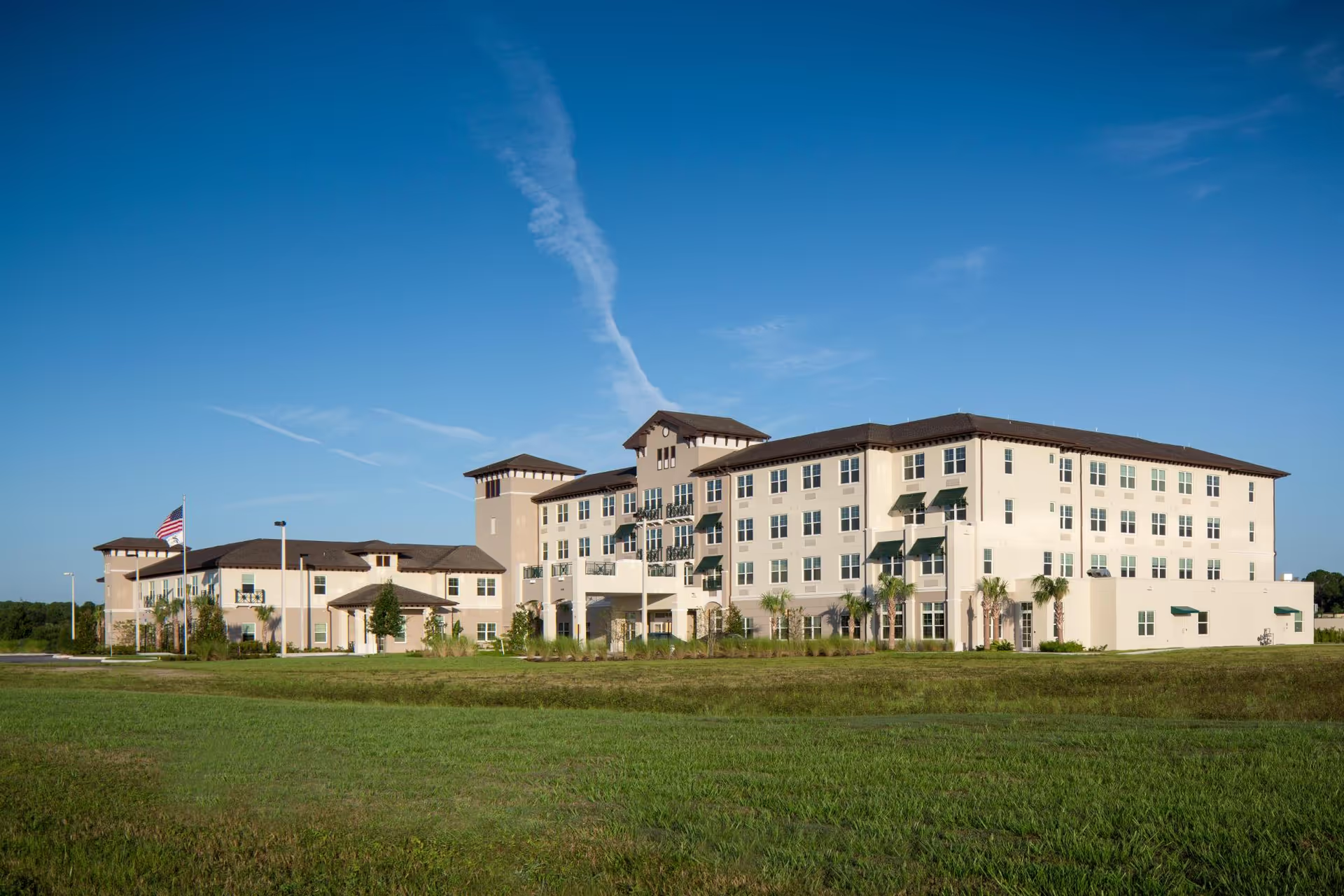Overall sentiment across the reviews for The Fountainview Center for Alzheimer’s Disease is highly mixed, with strong, repeated praise for specific staff and programs coexisting with serious, recurring concerns about basic care, staffing, and management. Several reviewers describe exemplary, compassionate care: hands-on caregivers, nurses and doctors who are proactive, clear communication with families, support during end-of-life, and therapeutic programming such as music therapy, drumming, hand massages, and movement activities. Named employees (for example, Khadijah and Heather) receive multiple glowing mentions for admission help, bedside care, and family communication. The facility’s design and grounds are also frequently praised — reviewers cite a clean, light, airy environment, attractive landscaping, homier decor, storage for personal items, and a campus layout of three pavilions or pods that allow adaptable levels of care and a sense of community.
Counterbalancing those positives are serious operational and clinical concerns raised by multiple reviewers. The most alarming patterns involve delayed or inadequate wound care (with at least one report of a wound worsening because treatment was not initiated promptly), unresponsiveness to call buzzers, and residents being left soaked or soiled in bed. Several reviews describe laundry neglect and missing clothing, which compounds family distress. Dining quality is another repeated negative theme: reviewers report awful, repetitive food (frequent sandwiches and green beans) and meals unsuitable for residents without dentures. Cleanliness reports are inconsistent — while some reviewers emphasize a 100% clean facility, others report dirty rooms, sewage smells, and soiled linens.
Understaffing is a pervasive theme that likely ties many of the negative experiences together. Multiple reviewers note staff being stretched thin (busy feeding residents, limited parking and scheduling friction), CNAs working in unsafe conditions with risk of injury, and high stress and anxiety among staff. Reviewers connect understaffing to poor resident care, delayed responses, and a sense that the facility cannot consistently meet basic needs. Management and workplace culture concerns appear repeatedly: reports of low pay, inability to retain quality staff, a toxic environment, leadership bad-mouthing nurses, and anecdotes suggesting a disparity between owner lifestyle and staff compensation. These points suggest systemic workforce and leadership challenges rather than isolated incidents.
The result is a polarized set of experiences. Many families express gratitude and full recommendation based on compassionate, mission-driven staff, excellent nursing care for Alzheimer’s, strong family communication, and enriching activities. Others strongly advise against the facility because of neglectful care, clinical lapses, and management failures. Practical issues — appointment scheduling, parking, variable room sizes, and cost — surface as additional considerations that may affect family satisfaction.
For prospective families and referral sources the key takeaway is to weigh these polarized reports carefully. Strengths to confirm on a tour or during interviews include named staff involvement, availability of Alzheimer’s-trained nursing, activity programming, and visible evidence of cleanliness and timely clinical care (especially wound care and responsiveness to call systems). Areas to probe directly with administration include staffing ratios and turnover, wound-care protocols and documentation, laundry and personal- belongings policies, dining options and accommodations for chewing/swallowing needs, parking and appointment logistics, and leadership practices that address staff well-being. Follow-up questions to families currently in the community may help verify whether positive or negative reports reflect persistent, facility-wide trends or isolated situations.
In summary, Fountainview appears capable of providing high-quality, compassionate Alzheimer’s care in many cases — with strong, mission-driven staff and meaningful activities — but also shows recurring, serious complaints about basic caregiving, clinical responsiveness, staffing levels, and management. These mixed patterns argue for careful, specific due diligence (observations during multiple visits, conversations with current family members, and direct questioning of clinical policies) before making a placement decision.







